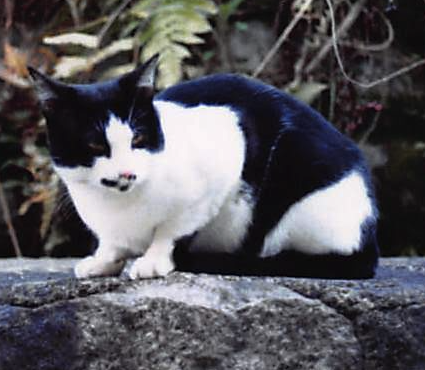論文
(Michael Tooley, “The Moral Status of Cloning Humans”, Hamber and Almeder (eds.) , Human Cloning, Humana Press, 1999)
届いた。これから読む。ドキドキするなあ。ロンブン読むのにこんなにドキドキするのははじめてだ。理系の人が予測立てて実験するとき、こんな感じなのかな。
うわ! 私がまちがっていた。
… one can argue that abortion is not wrong because the human that is killed by abortion has not developed to the point in which one has a person. (p.73)
小松美彦先生児玉聡先生森岡正博先生みなさんごめんなさい。
もうしわけありません。勉強しなおします。勉強になりました。
自分の恥さらしのため、エントリはそのまま残しておきます。
粘着だから
粘着だっていいじゃないか、ぱーそんだもの (かりを)
トゥーリー先生にメール出してみた。
前の方略。
Now I am interested in Japanese history of bioethics, especially how your theory of personhood has been introduced into Japan.
My question is simple. As I understand, in your terminology in “Abortion and Infanticide”, “person” means, roughly, “an entity that has a serious moral right to life”.
But in “The Moral Status of Cloning Humans” in the Kyoto lecture and Humber and Almeder (eds.) Human Cloning, you wrote “… one can argue that abortion is not wrong because the human that is killed by abortion has not developed to the point in which one has a person.”(p.73)
I feel somewhat strange to find the phrase “one has a person”. I guess it should be “the point in which one *is* a person” or “one has *personhood*”. Or, the word “person” in the latter paper has some different conception from that of the first paper?
I’d be very grateful if you could have some spare time to answer my question. Thank you in advance,
あら、名前の綴りまちがえて出してた・・・


コメント